By Chally Kacelnik
Capability can sound like a pretty amorphous term, or like a substitute for diligence or a can-do attitude. Even when it’s formally quantified and described in organisations, it tends to get described in ambiguous, personality-focused terms. This ends up as uncomfortably personal judgement calls on individuals’ personalities rather than meaningful information about what is expected of a person in a particular role.
To get a useful and meaningful approach to capability, you need a well-designed leadership capability framework. This sets out the expected capabilities across several key organisational areas, accompanied by practical measures for assessment. Our Managing Director Sam Robinson has written previously about getting to grips with the purpose and benefits of this in Think You Need a Leadership Capability Framework?
A proper leadership capability framework will clearly match capability to complexity across levels of work (this is a model we use for understanding the level of complexity of work in a role). It should be developed with reference to a role’s level of work and your organisational strategy and business plans, and that’s something we’re rigorous about when we’re engaged to help design a framework.
Why have one? For organisations to be successful, we say that they need the four Rs: the right people need to be in the right role, doing the right work in the right environment. A capability framework is designed to create consistency and clarity in how an organisation recruits and promotes people, assesses and develops ability, and plans and addresses succession in line with your desired strategic outcomes and clearly defined leadership roles.
For example, we help organisations to get the right people in the right roles by conducting Leadership Capability Assessments (LCAs). LCAs are useful for effective recruitment and as well as determining capability gaps among your current leaders. For each individual, the LCA is conducted with a trained facilitator using a series of work specific challenges. Participants respond to each challenge and are assessed for the qualities in the capability framework using consistent, clearly defined ratings and assessor comments against objective criteria. It has proven a very useful tool for getting and keeping the right people in the right place, and identifying the training they need to keep growing.
Clarity and understanding about what’s needed for a particular role, and how it fits into the broader needs of your organisation, are all to the good. Work is way more satisfying when you’re crystal clear on what’s expected and you’ve got the means to do it well. A well-constructed capability framework will support good role design, accountability, and achievement of your organisational objectives.
At LKS Quaero, we help organisations to get the right leaders in the right roles. For more information, visit us at lksquaero.com or follow us on LinkedIn and Facebook.











